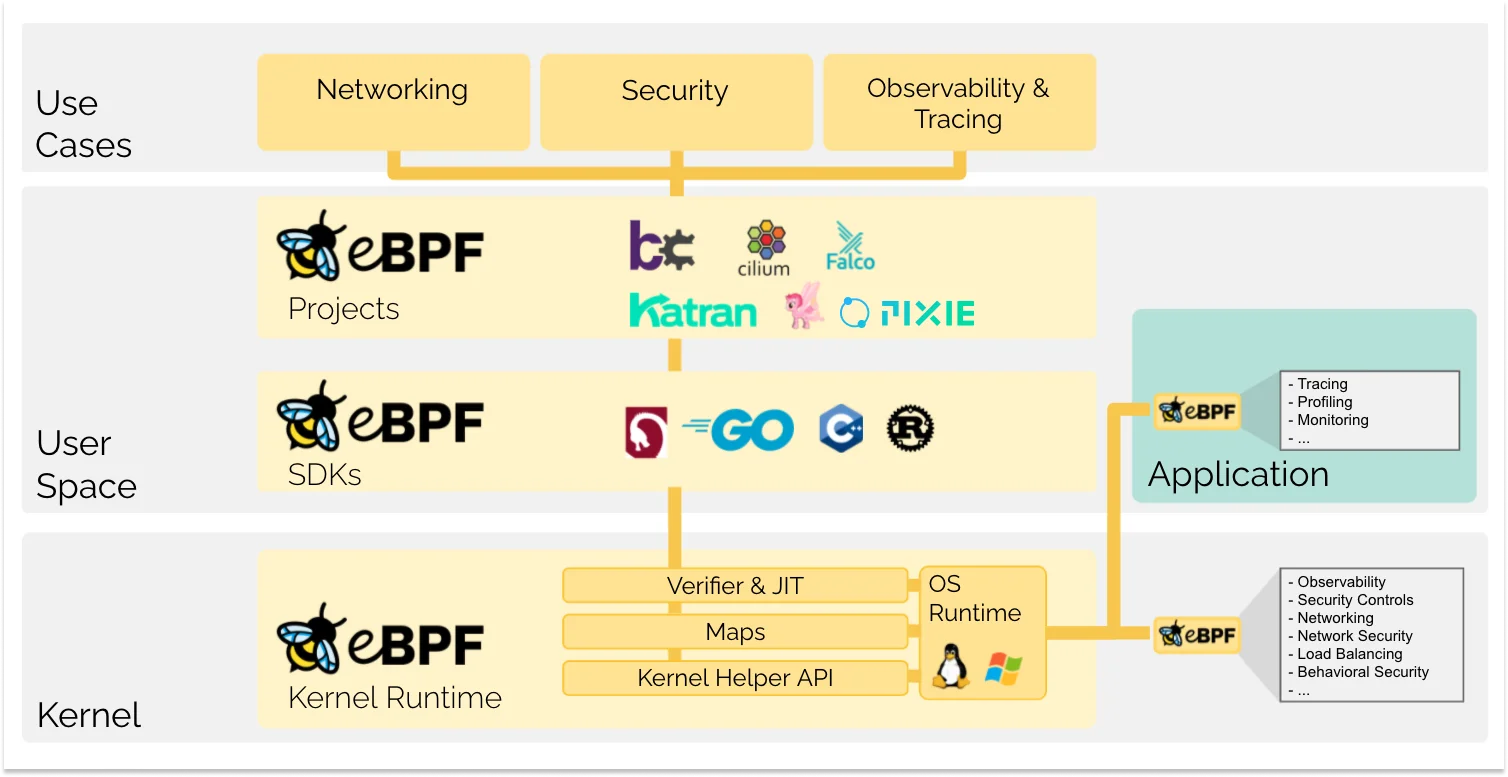
A critical security vulnerability has been discovered in the Linux kernel eBPF subsystem that could allow an attacker to escalate privileges and execute arbitrary code in the context of the kernel.
For the uninitiated, eBPF or the extended Berkeley Packet Filter, might sound like tech jargon, but in essence, it is a groundbreaking tool. Envisioned as a lightweight virtual machine, eBPF empowers users to seamlessly magnify the kernel’s functionalities without diving into the kernel source code or lugging kernel modules.
While eBPF is a fresher face in the tech sphere, its unmatched flexibility and efficacy have made it an instant hit. Giants like Google, Facebook, and Microsoft don’t just use it; they rely on it to ramp up their systems’ performance, security, and dependability.

This brings us to CVE-2023-39191, an unsettling vulnerability boasting a CVSS score of 8.2. The glitch stems from an improper input validation flaw in the eBPF subsystem, specifically related to the inadequate vetting of dynamic pointers within user-fed eBPF programs before they’re set into action.
In layman’s terms? An attacker with CAP_BPF privileges could potentially hijack these pointers, escalating their privileges to a level where they could run arbitrary code straight in the kernel’s context.
Behind every vulnerability discovery is a vigilant eye, and in this case, it belongs to security researcher Ryota Shiga (@Ga_ryo_) of Flatt Security. The flaw came to light as Shiga relayed the discovery to the Linux security team, leveraging the Zero Day Initiative program.
CVE-2023-39191 is a critical security vulnerability that could allow attackers to gain root access to affected systems. It is important to update your system to the latest version of the Linux kernel as soon as possible to mitigate the risk of exploitation.
If you are unable to update your system immediately, you can take the following steps to mitigate the risk of exploitation:
- Disable CAP_BPF privileges for non-essential users and processes.
- Implement additional security controls, such as firewalls and intrusion detection systems.
- Monitor your system for suspicious activity.